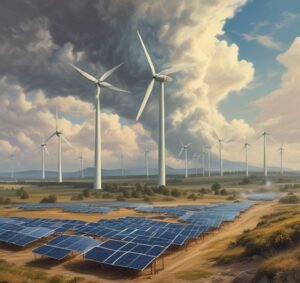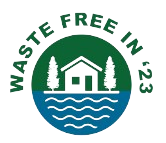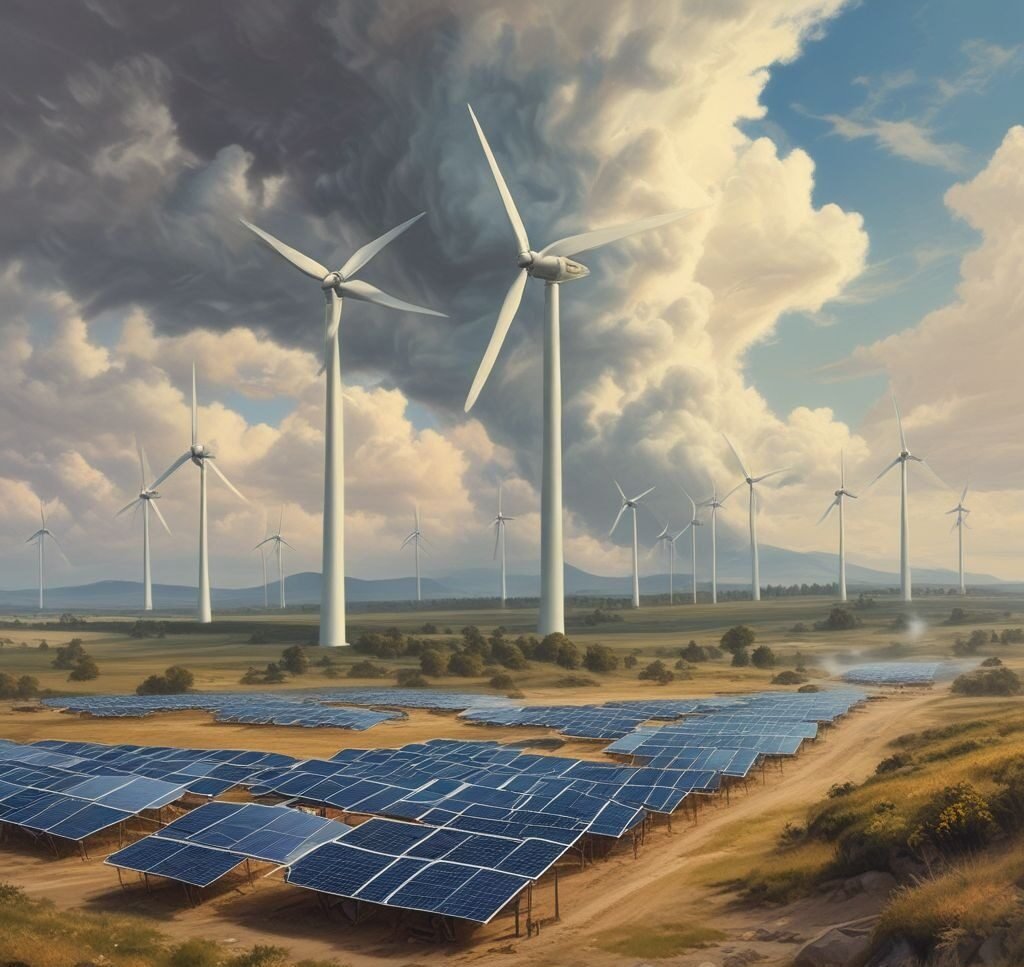Will Renewable Energy Be Enough to Remove Carbon From the Atmosphere?

As global efforts to combat climate change intensify, direct air capture (DAC) technology is gaining attention as a way to remove carbon dioxide (CO₂) from the atmosphere. However, the effectiveness and scalability of DAC depend heavily on access to clean energy. Many DAC plants require vast amounts of electricity, ideally from renewable sources like wind and solar. Unfortunately, these resources are already in high demand, creating competition between DAC facilities and other sectors that rely on clean power, such as data centers, electric vehicle (EV) charging networks, and industrial operations committed to lowering their carbon footprints.
A key challenge for DAC is that the U.S. energy grid is struggling to expand fast enough to meet rising electricity needs. Many solar and wind projects face delays due to permitting issues, and a backlog of renewable energy projects is waiting for grid connections. This means that in some cases, DAC plants may end up using fossil fuels to operate—undermining their goal of reducing atmospheric CO₂.
Another limitation is geography. Storing captured CO₂ underground is most cost-effective in regions with suitable geological formations, such as Louisiana. Transporting carbon long distances for storage adds logistical and financial challenges, making site selection a crucial factor in DAC development.
At Waste Free ’23, we recognize the importance of carbon removal but emphasize practical, energy-efficient solutions that communities can implement today. One alternative to energy-intensive DAC is biochar, a method that locks carbon into the soil while improving land fertility. Biochar is made by heating organic waste in a low-oxygen environment, preventing CO₂ from re-entering the atmosphere. Unlike DAC, which depends on large-scale infrastructure and clean power availability, biochar can be produced locally using agricultural and forestry residues. This approach not only captures carbon but also benefits farmers by enhancing soil health and water retention.
While DAC remains a promising technology, its success hinges on the availability of renewable energy, efficient carbon storage, and financial viability. Meanwhile, low-tech, community-driven solutions like biochar and plastics upcycling offer immediate and scalable ways to reduce waste and sequester carbon. By prioritizing approaches that are accessible, cost-effective, and sustainable, we can make a more significant impact without waiting for energy infrastructure to catch up.
To learn more about how Waste Free ’23 is turning waste into climate solutions, explore our projects or join us in taking action!

